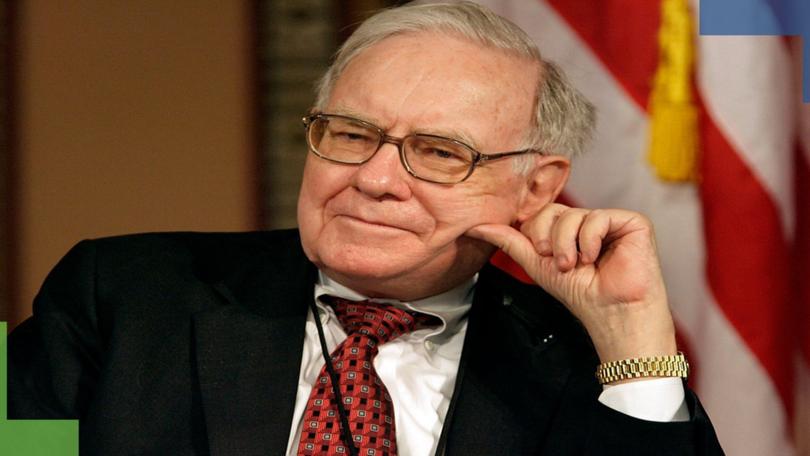What does Warren Buffett’s ‘margin of safety’ rule mean, and how does it work?

Warren Buffett has always said the foundation of a sound investment is to have a so-called margin of safety. What does that mean exactly?
“We insist on a margin of safety in our purchase price,” Buffett said in his annual letter to shareholders as long ago as 1992.
“If we calculate the value of a common stock to be only slightly higher than its price, we’re not interested in buying. We believe this margin-of-safety principle, so strongly emphasised by Ben Graham, to be the cornerstone of investment success.”
Sign up to The Nightly's newsletters.
Get the first look at the digital newspaper, curated daily stories and breaking headlines delivered to your inbox.
By continuing you agree to our Terms and Privacy Policy.Simply put, margin of safety is a built-in cushion allowing for mistakes and volatility when purchasing a security. The principle, outlined in Graham’s 1949 book, The Intelligent Investor, advocates buying a stock below its estimated fair value — calculating a security’s intrinsic worth and the maximum price to pay.
The Oracle of Omaha, who studied under Graham, the fabled father of value investing, at Columbia University after World War II, once used a bridge analogy to explain the margin of safety.
“When you build a bridge, you insist it can carry 30,000 pounds, but you only drive 10,000 pound trucks across it. And that same principle works in investing,” Buffett said in the 1980s.
The calculation
So how low of a price in relation to a stock’s intrinsic value is low enough to guarantee sufficient margin of safety?
Buffett said he learned from Graham a very simple formula, which is to figure out a company’s net working capital and try to buy it at a third of that. A company’s working capital is calculated by subtracting its current liabilities from its current assets.
However, this formula has its limits when applied to the current stock market environment.
“Overall, that worked for him,” Buffett said of Graham in 2004. “But that method sort of ran out of steam when the sub-working capital stocks disappeared.”
Graham in The Intelligent Investor said investors could compare the difference between the percentage multiple on the earnings of a stock at the price paid for it, and the rate of interest on bonds. The margin of safety is the gap which would absorb unsatisfactory developments, he said.
How much margin?
Buffett believes that how large a margin of safety one needs boils down to one thing: how well one understands the business.
“If you understood a business perfectly — the future of a business — you would need very little in the way of a margin of safety,” Buffett said in 1997. So the more volatile a business is, or possibly is, “but assuming you still want invest in it, the larger the margin of safety.”
The Berkshire Hathaway CEO and chairman used another bridge analogy to illustrate this.
You’re driving a truck across a bridge that says it holds 10,000 pounds and you have a 9,800 pound vehicle. If the bridge is 6 inches above the crevice it covers, you may feel okay, but if it’s over the Grand Canyon, you may feel you want a little larger margin of safety, Buffett once quipped.
CNBC
